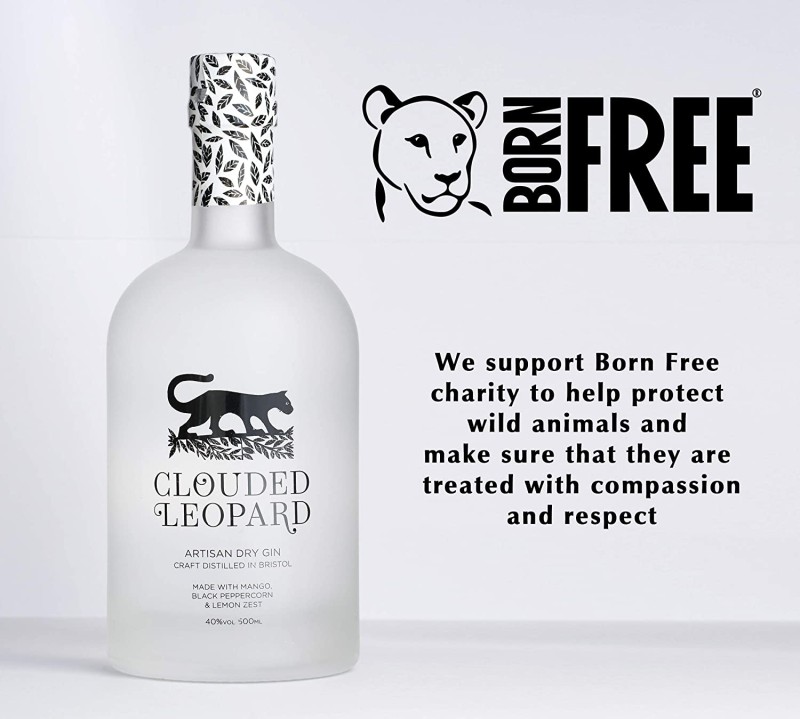Sustainable Ski Holidays: Enjoy the Slopes

Snowy resorts are feeling the pressure of climate change. Winters grow shorter, and reliable powder is no longer promised. Ski lifts and snow machines need power, while flights and long drives to mountain villages add to the problem. Suddenly, the picture-perfect trip leaves a trail of emissions from door to door.
Choosing a sustainable ski holiday matters more each year. he good news? You can help with every journey, every booking, and every purchase. This guide will show how to shrink your carbon impact, pick gear that’s better for you and the planet, and travel in ways that protect the mountains for future skiers.
The Environmental Impact of Skiing
Skiing is more than a sport; it’s a lifestyle. But each trip, from modes of travel to the energy used for chairlifts, has an impact. Research shows that most emissions from a ski trip come from travel, especially flying. Resort operations add to this, with heating, snowmaking, and transport all using energy.
Climate Change and Snow Reliability
Across Europe, warmer winters mean resorts use more energy to make artificial snow. Look at Chamonix or Verbier; these famous Alpine destinations report shorter ski seasons compared to twenty years ago. In many resorts, snow machines run nearly all the time, using huge amounts of water and electricity.
Natural snowfall has dropped, but skier demand has not. As a result, resorts look for quick fixes with machines, which can strain local resources and leave less water for towns nearby. Before booking, check the annual reports on snow-making, energy sources, and how much artificial snow is made, versus relying on nature.
Reducing Your Carbon Footprint
You can lower your ski holiday’s emissions with a few smart choices. Flights are often the biggest contributor. For example:
A round trip from London to Geneva emits 280 carbon dioxide emissions per passenger (in kg), compared to 180 for a car, and just 50 if travelling by train.
Use a carbon calculator to estimate your own trip. Simple tools online ask for your route and travel type. Responsible Travel is not a fan of buying carbon offsets, this just puts the responsibility on you, rather than companies that make huge profits, from emitting more carbon.
The best solution is simply to choose a train or bus when possible. This cuts emissions by up to 80 percent. Even small swaps count. Share a car with friends, bring fewer new purchases, or stay at eco-rated accommodations. Each step, no matter how small, helps.
Read our post on simple steps for greener air travel.
Leave No Trace on the Mountain
The ‘leave no trace’ rule isn’t just for hikers. Anyone on the slopes can:
- Pack out their own rubbish, including tissues and wrappers
- Stick to marked pistes to protect fragile plants under the snow
- Minimise noise and respect local wildlife
- Use biodegradable products for cleaning and laundry
Certified ‘green’ resorts invest in more recycling points, composting, and electric ski shuttles. When guests take part, it means less work for staff, healthier forests, and cleaner rivers. Respecting these guidelines doesn’t just reduce waste, it improves the experience for everyone
Sustainable Gear for the Slopes
You can rent (or buy pre-owned) skiwear at EcoSki. It also offers a repair service, and lots of information on sustainable experts who love both the planet and skiing holidays.
Benefits of Renting Gear:
- Less waste from single-use or short-use products
- Access to the latest models with minimal impact
- Supports the local economy
- Saves on travel fees and storage space
Isle of Wight company Rapanui offers nice tight-weave jumpers that are made from organic cotton, but as warm as wool. If you wear ski clothes from recycled plastic bottles, launder in a microfibre filter.
For when you’re not on the slopes, Will’s Vegan Shoes offer quality snow boots, built to withstand freezing temperatures, coupled with water-resistant membranes and vegan wool collars to lock heat in. They recommend using ice spikes. .
Natural Sun Protection and Sunglasses
Sunburn can sneak up on the mountains, but not all sun creams are mountain-friendly. Chemical-based sunscreens often wash off and end up in local rivers. Choose natural sun protection, which blocks UV without harming the landscape or coral reefs.
Never use human sunscreen on pets. Wash natural sunscreens off before letting pets kiss you, due to toxic zinc oxide.
Choose sustainable sunglasses, to protect your eyes from strong Alpine sun. It’s best to choose biodegradable frames if near the sea (recycled plastic is still plastic, and could leach microplastics – but these are a good choice, if you’re not going to lose them near water).






